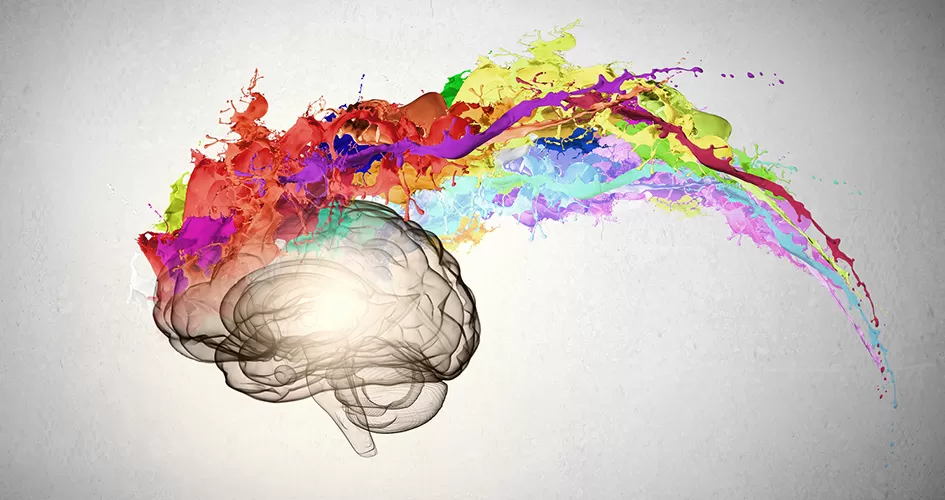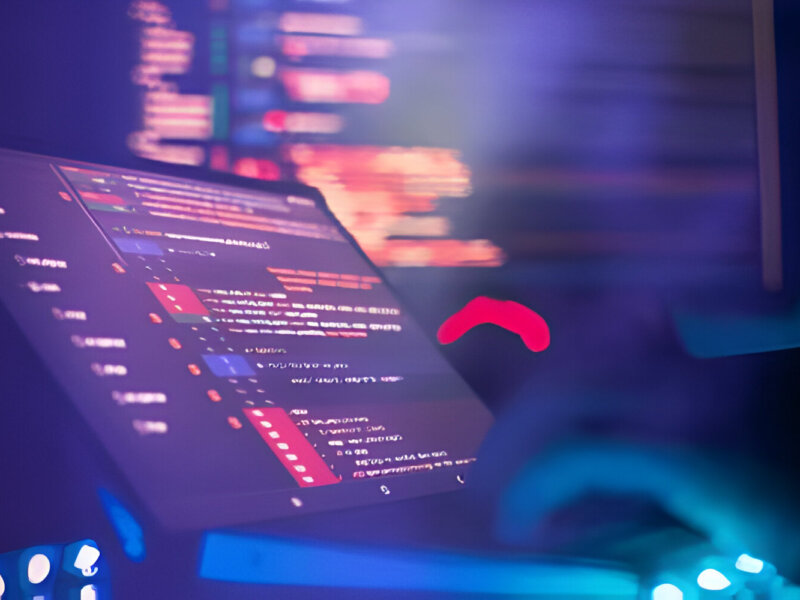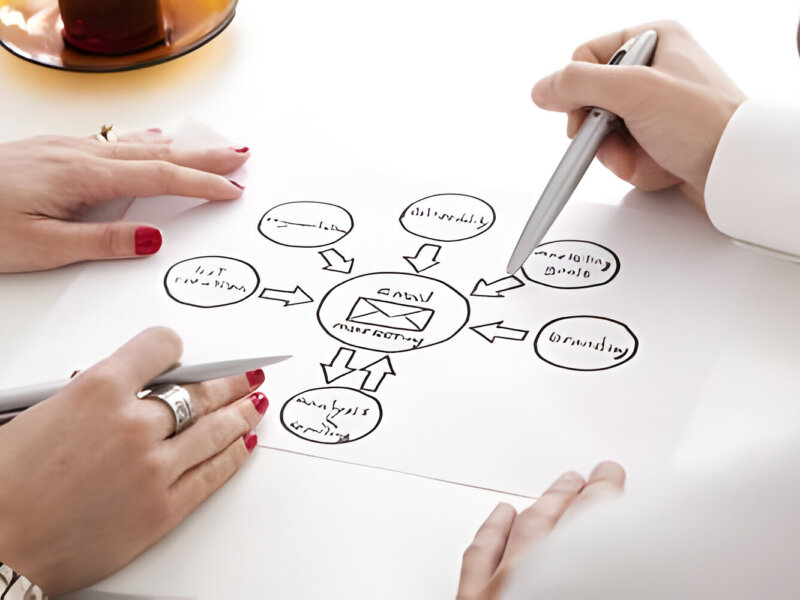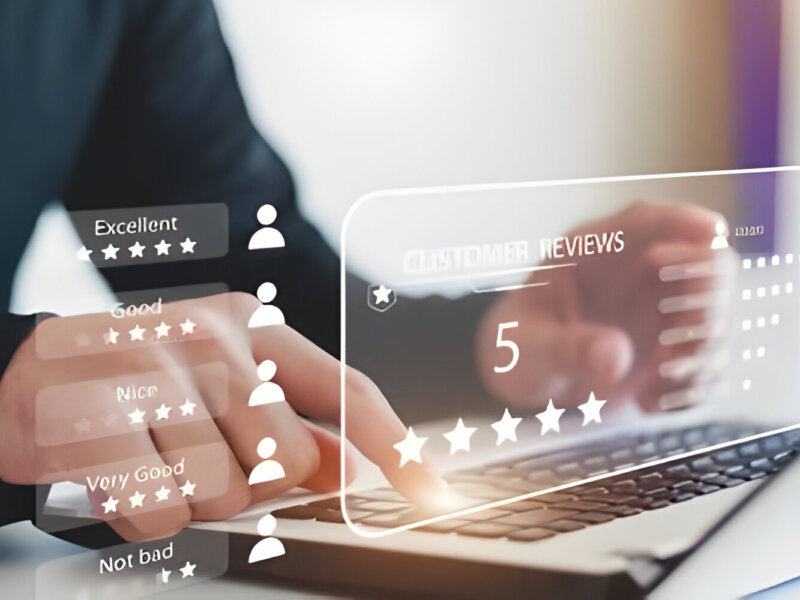In the bustling marketplace, brands fight for a sliver of your attention. A sea of products jostle for dominance on shelves, vying for a place in your shopping cart. But amidst the visual cacophony, one element often cuts through the noise of the logo. More than just a fancy graphic, a logo acts as a silent ambassador, encapsulating a brand’s essence, values, and personality in a single, memorable image.
However, the power of a logo extends beyond mere aesthetics. Delve deeper, and you’ll discover a fascinating world of design psychology at play. By carefully selecting colors, shapes, fonts, and even cultural nuances, designers craft logos that subtly influence how we perceive brands and trigger specific emotional responses.
The Allure of Color: A Visual Symphony of Emotions
Imagine yourself walking through a grocery store, overwhelmed by the sheer number of options. Suddenly, a vibrant red packaging catches your eye. It could be a bottle of ketchup or a box of chocolates, but the color red ignites a sense of excitement and urgency, prompting you to take a closer look. This, my friend, is the magic of color psychology in logo design.
Colors aren’t just visually appealing; they evoke powerful emotions that can subconsciously influence our decisions. Understanding this connection is crucial for crafting an effective logo.
The Enthralling Power of Red
Red exudes passion, energy, and a sense of urgency. It’s no wonder that brands like Coca-Cola and Ferrari leverage this fiery hue to convey boldness and a touch of excitement. Think of the iconic red swoosh of Nike, symbolizing power, movement, and a drive to achieve peak performance.
The Trustworthy Embrace of Blue
Blue evokes trust, security, and professionalism. Companies like Facebook, PayPal, and Ford utilize blue to convey reliability and a sense of calm competence. The calming blue hues often used by airlines and financial institutions subconsciously project a sense of stability and peace of mind, qualities essential for these industries.
The Uplifting Spirit of Yellow
Yellow radiates happiness, optimism, and warmth. McDonald’s golden arches, for instance, use yellow to create a welcoming and cheerful atmosphere, perfect for families and those seeking a quick, uplifting bite. Similarly, the bright yellow of BIC pens subconsciously positions them as a fun and approachable brand for students and creative individuals.
By strategically incorporating these color associations, designers can spark desired emotions and subtly influence consumer behavior. Imagine a children’s toy store logo awash in playful yellows and oranges, or a luxury watch brand adorned in sophisticated shades of navy and silver. The colors themselves begin to tell a story, shaping our initial perception of the brand.
Shapes that Speak Volumes: A Language Beyond Words
Shapes are another powerful tool in a logo designer’s arsenal. They go beyond mere aesthetics, subtly shaping how consumers perceive your brand and the message it conveys.
- The Unifying Circle: Circles represent unity, wholeness, and community. Think of the all-encompassing circle in the Olympics logo, signifying global unity and the coming together of athletes from across the world. Similarly, the circular logo of the WWF (World Wildlife Fund) evokes a sense of interconnectedness between humans and nature, highlighting the importance of environmental conservation.
- The Steadfast Triangle: Triangles convey stability, power, and direction. The iconic triangular logo of The North Face embodies these qualities, showcasing a brand built for adventure and pushing boundaries. Logos featuring upward-pointing triangles can also suggest growth, ambition, and a forward-thinking approach.
- The Trustworthy Square: Squares project stability, reliability, and efficiency. Companies like Microsoft and Adobe use squares to communicate a sense of order, trust, and a commitment to delivering high-quality products. The clean lines and structured form of squares also create a sense of professionalism, ideal for brands in the tech and finance sectors.
The right shapes can subconsciously communicate your brand’s core values and mission. A logo featuring a circle might suggest a focus on community and collaboration, while a triangle could hint at innovation and a drive for excellence.
Finding Your Voice with Font Faces
Just like the clothes you wear, the font you choose speaks volumes about your brand’s personality. Selecting the right typeface is crucial for delivering your message effectively and establishing a distinct voice.
- The Timeless Serif: Serif fonts evoke tradition, elegance, and sophistication. Think of the timeless serif fonts used by luxury brands like Tiffany & Co. and Chanel. These fonts add a touch of class and refinement, suggesting a brand with a rich heritage and a commitment to quality.
- The Modern Sans-Serif: Sans-serif fonts offer a clean, modern, and straightforward look.
- The Playful Script: Script fonts add a touch of creativity, playfulness, and informality. Brands like Coca-Cola utilize script for a more personal touch, suggesting a friendly and approachable brand. Script fonts can also be used to evoke a sense of elegance and femininity, particularly when paired with flowing curves and decorative elements.
The chosen font style can significantly impact how your brand’s voice is perceived. A classic serif font might convey a sense of heritage and tradition, while a modern sans-serif font could project a more innovative and tech-savvy image.
Cultural Considerations: A Global Conversation
In today’s interconnected world, cultural sensitivity is paramount when designing a logo. What resonates in one market might be offensive in another. Consider these points:
Decoding Symbolic Meanings
A symbol that holds positive connotations in one culture could have negative meanings elsewhere. For example, the thumbs-up gesture, commonly used to express approval in Western cultures, is considered rude in some parts of the Middle East and Iran. Before finalizing your logo, research cultural nuances and symbolism to avoid unintended faux pas.
Navigating the Language Labyrinth
Even minor language variations can cause misunderstandings. If your brand caters to a global audience, opt for universally understood elements or seek expert advice when venturing into new markets. Consider using simple icons or geometric shapes that transcend language barriers.
Respecting cultural differences ensures your logo avoids unintentional faux pas and fosters a more inclusive brand image. By demonstrating cultural sensitivity, you show your audience that you value their traditions and perspectives.
The Power of Simplicity: A Timeless Legacy
Simplicity is a cornerstone of effective logo design. Complex designs can be overwhelming and difficult to remember. Logos that are clear, concise, and easy to understand tend to leave a more lasting impression.
- Instantaneous Recognition: Simple logos are instantly recognizable, even at a glance. Think of the minimalist Apple logo, universally recognized for its clean design of a bitten apple. Similarly, the iconic checkmark of Nike is instantly associated with the brand, despite its simple form.
- Adaptable Across Platforms: Simple logos adapt well across various applications, from print to digital. The iconic McDonald’s golden arches are instantly recognizable on everything from packaging to billboards, retaining their impact regardless of size or medium.
- Enduring Relevance: Simple designs tend to age better, avoiding the need for frequent rebranding. The Coca-Cola logo, with its classic script, remains relevant even after a century, showcasing the power of timeless design.
By prioritizing simplicity, you create a logo that stands the test of time and leaves a lasting impression. A well-designed logo should be easily scalable and adaptable, ensuring it retains its impact across various marketing materials and digital platforms.
Crafting a Cohesive Brand Identity: The Symphony of Elements
Understanding the psychology of logo design empowers you to create a powerful visual representation of your brand. By harnessing the influence of colors, shapes, fonts, and cultural considerations, you can craft a logo that:
Connects with your target audience on an emotional level
By strategically selecting colors and shapes that evoke desired emotions, you can create a logo that resonates with your audience and fosters a positive brand association.
Communicate your brand’s values and mission
The elements you choose in your logo should work together to tell the story of your brand. Consider how the colors, shapes, and fonts can be used to visually represent your brand’s core values and mission statement.
Leaves a lasting impression and fosters brand recognition
A well-designed logo is memorable and easily recognizable. By prioritizing simplicity and utilizing design psychology principles, you can create a logo that sticks in the minds of your target audience.
Remember, your logo is a cornerstone of your brand identity. It’s the visual ambassador that sets the tone for your brand and creates a first impression that can make or break your connection with potential customers. By applying the principles of logo psychology, you can design a visual language that speaks volumes about your brand and propels your business forward.
Ready to Craft Your Brand’s Visual Voice?
Now that you possess the knowledge to unlock the power of logo design psychology, take the next step! Whether you choose to use a logo maker tool or collaborate with a professional designer, keep these insights in mind. By carefully considering the psychological impact of colors, shapes, fonts, and cultural nuances, you can craft a logo that resonates with your audience and fuels your brand’s success. After all, a well-designed logo is not just an image; it’s a powerful tool for building brand loyalty and achieving lasting success in the marketplace.





